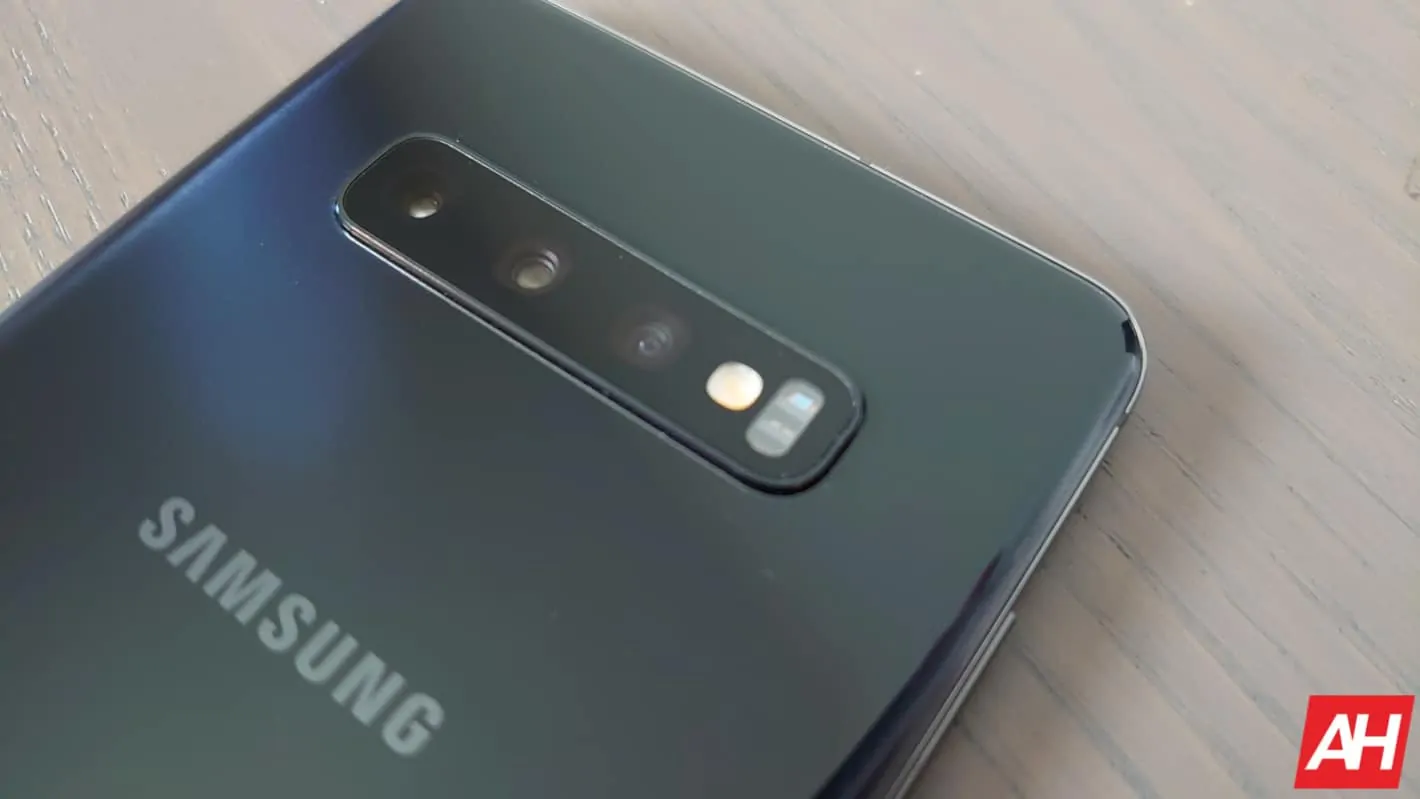Samsung is reportedly scrapping a key camera feature of its Android flagships according to an industry insider, with that experiment being the variable-aperture experiment from past phones as Samsung will be ending this with the Galaxy S20 line. In other words, all Galaxy S20 lenses should have fixed apertures instead of a variable aperture.
The upcoming range of luxury handsets is also said to be doing away with Dual Pixel Diode autofocus. Combined, the two changes would make the Galaxy S20’s camera tech much more similar to competing solutions from Huawei and the like.
Variable-aperture cameras were among the most unique selling points of Samsung’s high-end smartphones for two years now. The South Korean giant originally commercialized this technology with the Galaxy S9 series in early 2018.
The end of Samsung’s dual-aperture experiment is far from surprising. Two product generations and four iterations since its debut, the tech still has a reputation of a gimmick. If the company was able to adopt multiple-camera setups as quickly as Huawei, it likely never would have committed to variable apertures in the first place.
That isn’t to say changeable apertures are useless for mobile photography. However, they’re essentially an attempt at making smartphone cameras more akin to DSLR and mirrorless solutions. Doing so is a futile endeavor due to those pesky little things called laws of physics.
No more camera gimmicks?
Marketing bravado aside, handset makers are aware their imaging solutions should play to the small form factor’s strengths instead of mimicking dedicated photography equipment. Embracing multiple cameras would be an example of that approach, as opposed to variable-aperture shenanigans. Retiring mobile implementations of Dual PD tech would also be in line with that product strategy.
Aficionados of Samsung’s niche camera experiments will hence likely have to stick with the Galaxy Note 10 range and older devices. No other smartphone company is likely to pursue variable apertures anytime soon.
Naturally, both of the aforementioned claims are still mere rumors. Concrete information about the Galaxy S20 line’s apertures and other camera features will only become available next month. Samsung’s scheduled to debut its latest and greatest Android flagships on February 11, two weeks ahead of MWC 2020.
The upcoming series is expected to include the Galaxy S20, Galaxy S20+, and the Galaxy S20 Ultra. Its entry-level model’s likely to offer yet another rear-facing triple-camera setup. On the other hand, the Galaxy S20 and Galaxy S20 Ultra should also feature Time-of-Flight sensors on the back.
All three Android handsets will reportedly hit the store shelves by late February. Likewise, the trio’s widely expected to continue pushing the boundaries of mobile photography.

